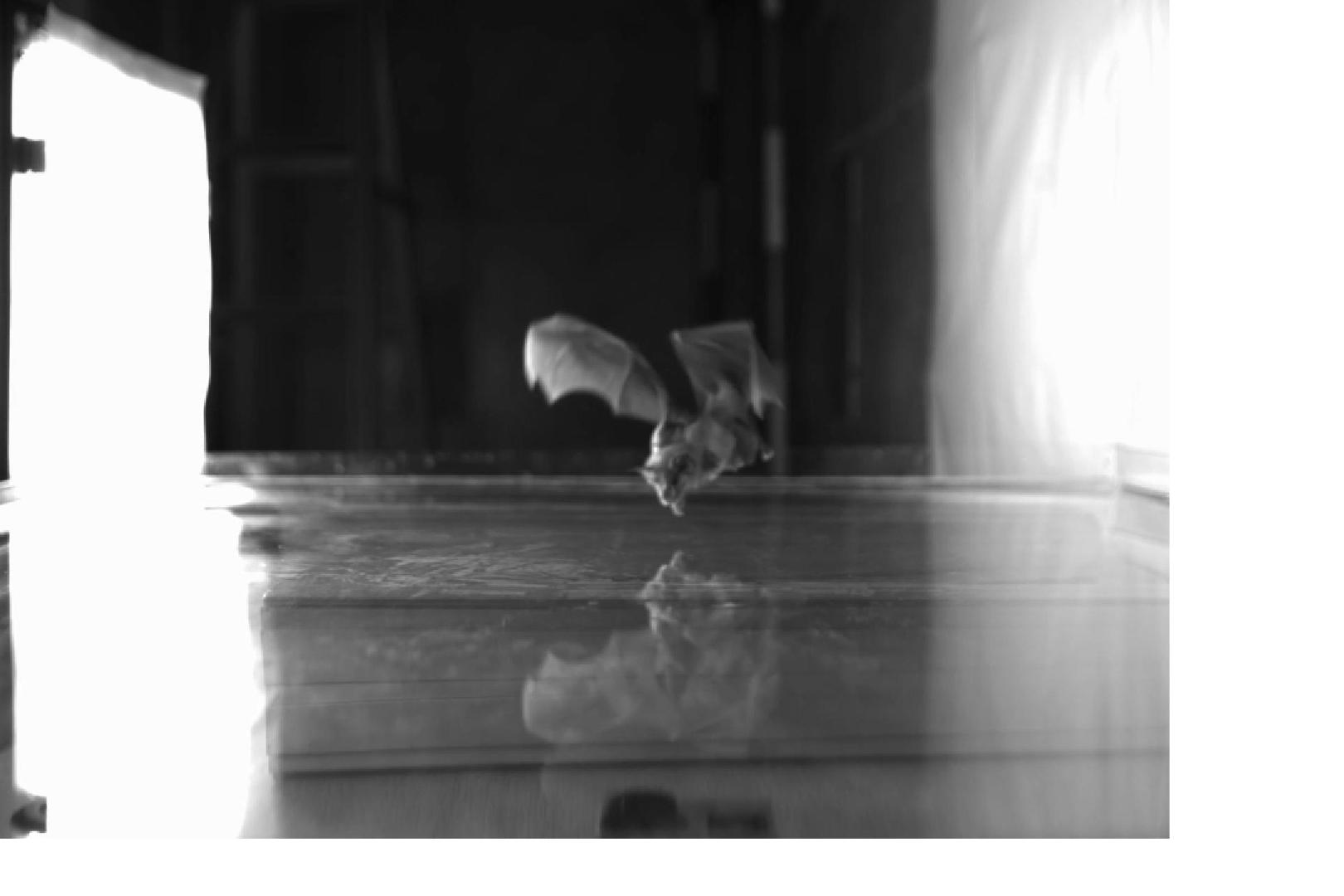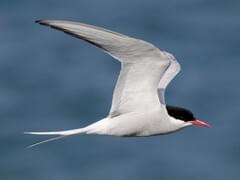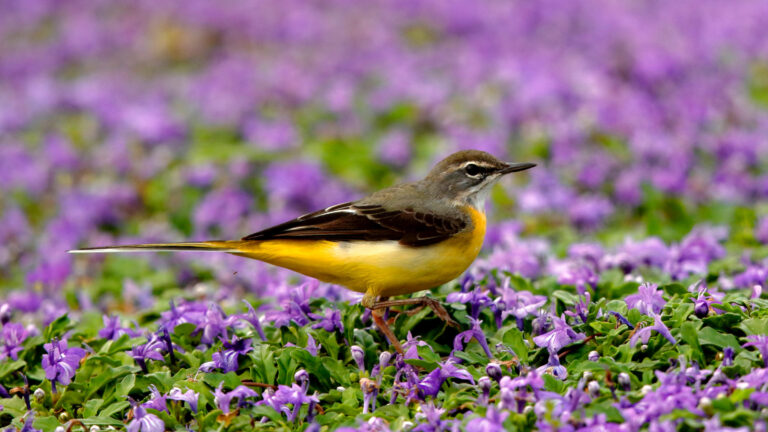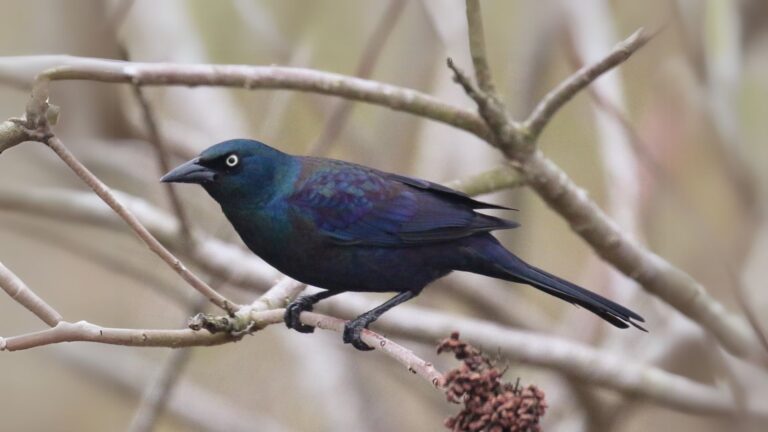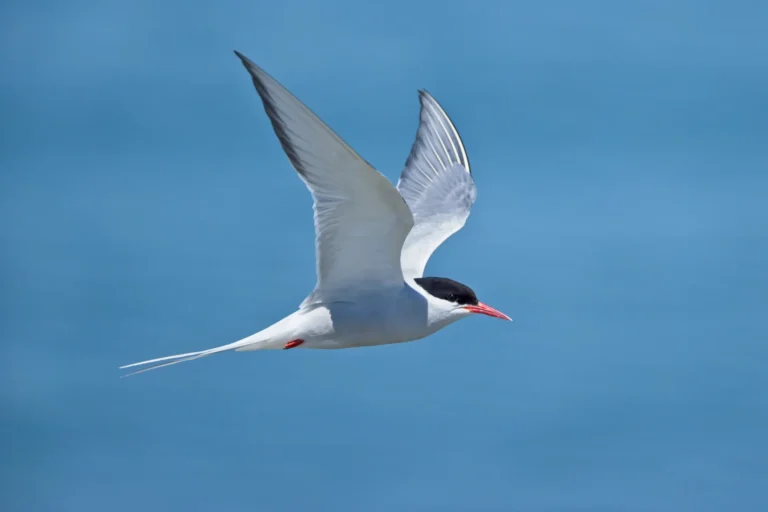Bats Drinking In Flight: How These Amazing Mammals Sip Mid-Air
Overview
Bats are well known for their ability to multi-task. One crazy example is the way they drink water while flying. Unlike most animals, many bat species do not land to drink. Instead, they scoop water from ponds or lakes with their mouths as they skim the surface.
This behavior, often called “skim drinking,” helps bats avoid landing, which could make them easy targets for predators on the ground.
The precision needed for drinking in flight is quite impressive. As bats approach a drinking spot, they make several small adjustments to their flight. They slow down, keep their wings closer to their bodies, and angle their wing strokes to avoid touching the water.
Reducing the scope of each wingbeat by about half helps them keep balance and remain just above the surface. At the same time, they carefully extend their tongues to lap up water without getting their noses wet, which could interfere with breathing or echolocation.
Echolocation is the main way bats navigate, especially when flying at night or in dim environments. Most bats send out high-pitched calls and listen for the echoes bouncing off objects. Some species, however, emit these sounds through their nostrils.
If water gets into their nostrils while they are drinking, it could temporarily block their ability to echolocate. For this reason, accuracy and control during drinking are crucial for their survival.
Types of Drinking Behaviors
Bats have developed more than one method for taking in water while on the wing:
- Tongue Lapping: Certain bats skim the surface and scoop up water directly with their tongues.
- Belly-Dipping: Some species wet their fur and then later lick water off their bodies.
- Hover Drinking: A few bats can hover briefly over water and drink, similar to the way hummingbirds feed.
Each of these behaviors reduces the time spent near open water, where risks from predators are higher.
Species Examples
The brown long-eared bat (Plecotus auritus) is found widely across Europe and parts of Asia. This species uses its broad ears to help with echolocation and maneuvering in tight spaces.
While not studied as often as other bats, Plecotus auritus shares many abilities related to in-flight drinking with its relatives. Its presence in various regions across Europe and Asia makes it representative of habits seen in temperate bats.
Other bats, such as the Pratt’s roundleaf bat and the greater horseshoe bat, use the tongue-lapping technique and are commonly found in areas across Europe and Asia. Both species are insectivorous and rely on being able to drink while staying airborne, avoiding stops that could put them in danger.
Flight Adjustments During Drinking
To manage drinking in flight, bats perform certain coordinated movements. These include:
| Adjustment Type | Purpose |
|---|---|
| Reduced speed | Makes control and precision easier |
| Narrower wing beats | Lessens risk of wings hitting the water |
| Steeper wing angle | Counters extra drag from head dipping towards water |
| Careful tongue use | Prevents water from splashing into nostrils or mouth areas |
These adjustments often happen in less than a second. As the bat gets closer to the water, the risk of mistakes grows. Missing the water or failing to avoid a splash could mean losing access to hydration or losing the ability to navigate temporarily.
Importance of Drinking in Flight
Being able to drink while flying gives bats several important survival advantages:
- Predator Avoidance: Staying out of reach from animals that hunt on the ground.
- Efficiency: Reducing time spent stopping or landing means more time for foraging.
- Energy Conservation: Landing and taking off use much more energy than staying in the air.
- Access to Water: Allows use of even small or temporary bodies of water that may be hard to access otherwise.
Because many bat species roost high or far from water, making long trips just to drink is often risky. Drinking in flight can turn what could be a long, vulnerable pause into a fast, safe event.
Echolocation and Drinking
When bats drink mid-flight, their echolocation skills become even more important. Echolocating bats need a clear nasal or mouth passage to send and receive sound waves. Any water getting in the way threatens their ability to “see” their surroundings through sound.
Some research highlights how drinking and echolocation interact. Scientists have observed that bats might alter their echolocation patterns while approaching water, changing the timing or sound frequency to improve detection of the surface and obstacles. You can find more about the interaction of echolocation and drinking in studies such as this analysis of drinking buzz behavior in bats.
Observing the Behavior
Studying bats drinking in flight can be a challenge. Special enclosures, slow-motion cameras, and 3D imaging are often required to track their movements accurately. Researchers sometimes keep bats without water for a few hours to ensure they are motivated to drink during the observations.
These methods help scientists understand how each limb and body part moves when the bat skims over water. By recording these details, researchers can create detailed models to study the dynamics of flight, tongue movement, and even the coordination required for multitasking.
Lists like the one below showcase different tools and techniques used:
- Stereoscopic cameras: Provide multiple angles for detailed study.
- Motion capture points: Track specific body parts in three-dimensional space.
- Computer simulations: Model flight paths and predict outcomes of different maneuvers.
- Field observations: Compare lab results with what is seen in the wild.
Global Distribution
The brown long-eared bat (Plecotus auritus) is found throughout Europe and stretches into parts of Asia. Its wide range means it lives in varied environments. Some populations inhabit dense forests, while others are found near human settlements.
Other bats that have been observed drinking in flight also cover large areas. For example, the greater horseshoe bat is found in Europe, parts of Asia, and North Africa. Some relatives even extend into other regions, using similar skills to survive in different habitats.
Brief Comparison Table
| Species | Region | Drinking Method | Notable Features |
|---|---|---|---|
| Brown long-eared bat | Europe, Asia | Tongue lapping | Large ears enhance detection |
| Greater horseshoe bat | Europe, Asia | Tongue lapping | Strong echolocation abilities |
| Pratt’s roundleaf bat | Asia | Tongue lapping | Well adapted for quick agility |
Potential for Further Applications
The complex coordination bats show while drinking mid-flight has caught the attention of engineers and scientists interested in robotics. These studies offer clues about how to design machines or drones able to perform more than one action at a time, such as collecting samples while hovering. By learning from animals like bats, it is possible to improve technologies that need to multitask efficiently in challenging settings.
Drinking Challenges
Drinking on the wing can be difficult for even the most skilled bats. Water surfaces may be uneven, and wind or obstacles can make the approach harder. The risk of flying too low and hitting the water is ever-present. Environmental changes, such as drought or pollution, can also reduce the number of safe sites available for drinking.
At the same time, the ability to drink while flying shows just how adaptable bats can be. These adaptations reflect long-term evolution and reveal how even small changes in behavior can have a big effect on survival and health.
For a broader look at drinking and flying behaviors in bats, you can read more in this study on how alcohol affects bat flight and echolocation. Details about the movement patterns and environmental influences on bats are further explored in a review of bat movements across contexts.
Bats show remarkable skills for drinking in flight. Their multitasking behaviors, precision, and adaptability let them take full advantage of their environments across Europe and Asia. Their actions reveal an intricate balance of survival, efficiency, and unique body mechanics.
Frequently Asked Questions
How Do Bats Drink Water While Flying?
Bats usually drink water by skimming low over ponds, lakes, or streams. They open their mouths and lower them to the surface for a quick sip while staying in flight. This technique helps them drink without needing to stop or land. For more details on this behavior, see how most bats drink water while flying.
Which Physical Traits Help Bats Drink on the Wing?
Bats have strong, flexible wings and quick reflexes that let them hover or fly close to water surfaces. Their mouths and faces are shaped to grab water in an instant. In addition, some bats use echolocation to avoid obstacles and guide their movements as they drink. These adaptations allow them to hydrate safely while flying.
Do All Bat Species Drink Water in Flight?
Not all types of bats drink in flight. Some species land to drink, while others prefer to drink while flying. This difference can depend on body size, environment, and habits. Flight drinking is common, but it is not universal in all bat species.
What Are Typical Bat Drinking Habits in the Air?
A typical pattern is for a bat to swoop low over water at dusk or dawn. They move fast and often take just a quick dip to pick up water. Sometimes, bats may circle back several times to drink more. This behavior lets them stay alert and avoid danger. Learn more about flight and drinking behavior in bats.
How Does Drinking in Flight Vary Between Bat Species?
There are differences in drinking flight style across species. Some bats use high-frequency sounds to help find water, while others rely more on sight. Wing length, body size, and mouth shape all affect how a bat drinks while flying. Each species may have its own preferred method and timing.
What Conditions Impact a Bat’s Ability to Drink While Flying?
A few key factors can affect a bat’s success at drinking on the wing:
- Water availability: Fewer water sources can make drinking harder.
- Weather: Wind, rain, or fog may disturb the water surface and make drinking risky.
- Light levels: Very dark nights may make it tougher to judge distances, even with echolocation.
- Human activity: Artificial lights and pollution can block access to safe water.
Bats adjust their habits based on these changes in their environment. For more on what shapes bat flight and drinking, see studies exploring echolocation and hydration behaviors.
